Global blindness: Planning and Managing eye care services
Understand global blindness and how to plan effective eye care. Learn about the WHO definitions of visual acuity, the burden of visual impairment, the Global Action Plan and explore the key management strategies for cataract and refractive error services. Discover how principles of planning can be applied to address local eye care needs.
Please note this course is currently unavailable while it is being updated. It will be back online in 2026.
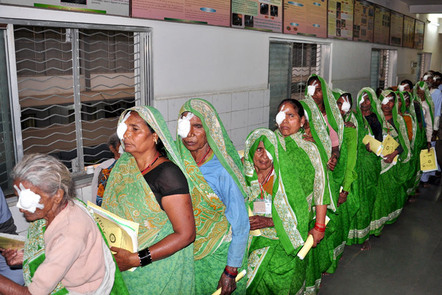
Week 1: The burden of avoidable blindness
.
Click to see week 1 content
Introduction
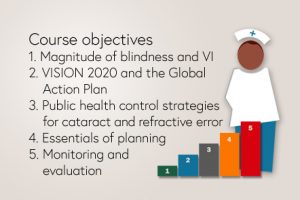
Basic epidemiology
 Introducing the field of epidemiology and explaining how it is used to guide public health activities.
Introducing the field of epidemiology and explaining how it is used to guide public health activities. Learn the standard definition and classification of visual imairment and examine the magnitude, distribution, and causes of global blindness and visual impairment.
Learn the standard definition and classification of visual imairment and examine the magnitude, distribution, and causes of global blindness and visual impairment.

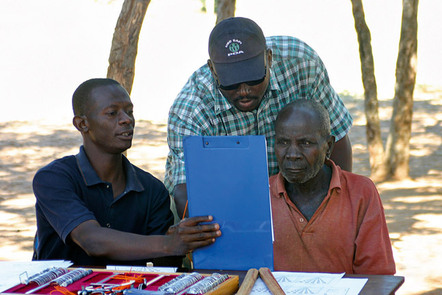
Week 2: VISION 2020 and Universal Eye Health
.
Click to see week 2 content
Eliminating avoidable blindness
Discover the ideas behind and achievements of the global initiative VISION 2020: The Right to Sight, which aims to end avoidable blindness by the year 2020.
Think globally and act locally

Understand the plans to scale up global eye care through Universal Eye Health, and consider how this is applied in local settings through the eye health systems approach.

Week 3: Cataract control strategies
.
Click to see week 3 content
How can we deliver the high-volume, high quality, and efficient cataract services needed? What is the role of innovation in eye care, and what opportunities can it offer?cross all health services a relationship is established between the patients and the health provider. For glaucoma care this relationship is lifelong.
Managing the quality and cost of cataract surgery
Service provision and referral pathway alignment is an important consideration for glaucoma management

Week 4: Refractive error control strategies
.
Click to see week 4 contents
Refractive errors and school health
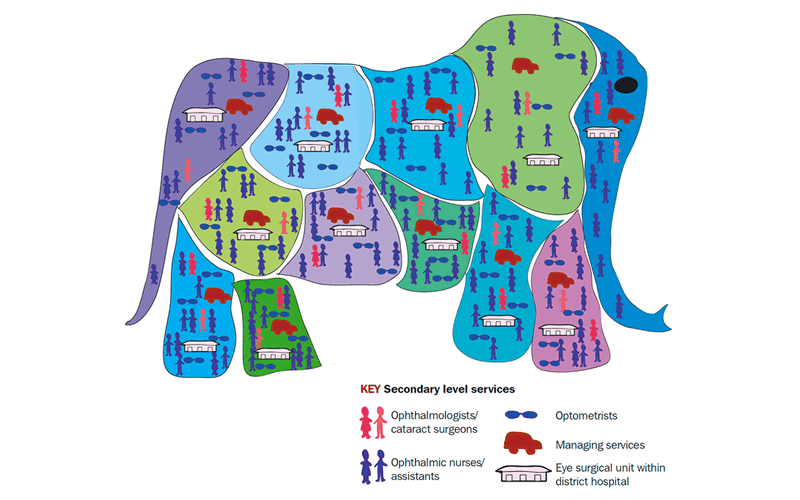
Week 5: How to plan
.
Click to see week 5 contents
Planning : analysing the situation
 When planning for change we need to know where we are now. What tools and methods can help us figure this out?
When planning for change we need to know where we are now. What tools and methods can help us figure this out?
Setting the programme direction
 Once we know where we are and have identified gaps in the current provision, we can choose our direction and focus for change.
Once we know where we are and have identified gaps in the current provision, we can choose our direction and focus for change.
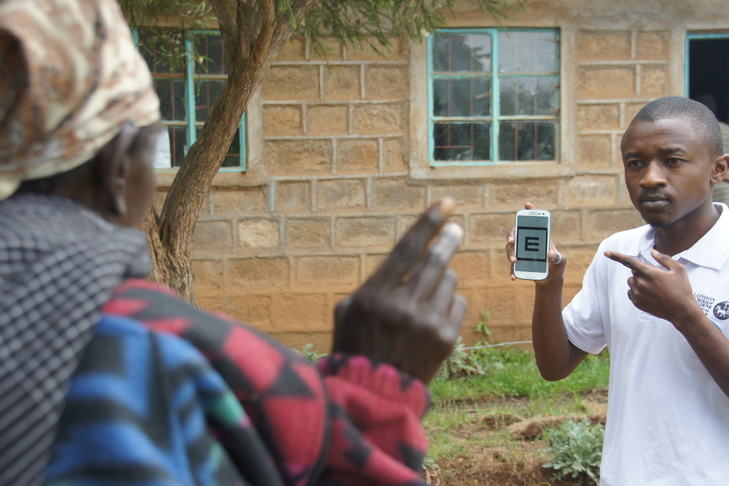
Week 6: Implementing and monitoring the plan
.
Click to see week 6 contents
Primary open-angle glaucoma: Who to treat and how
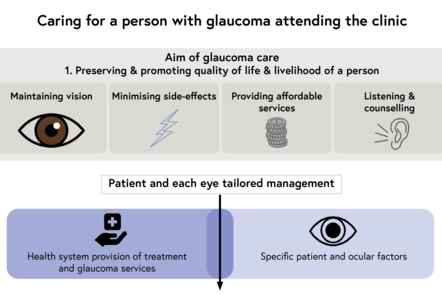
The aim of glaucoma care is to preserve and promote the quality of life of a person.
Treatment options for open-angle glaucoma
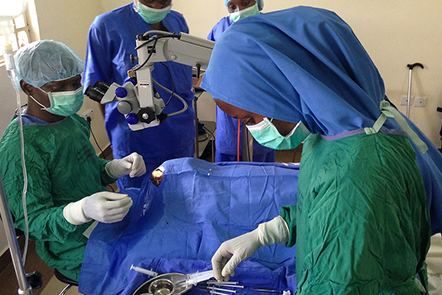
Treatment can be medical, surgical or lasers for glaucoma on their own or in combination to address the specific requirements for every patient.
Recognising and treating angle-closure glaucoma
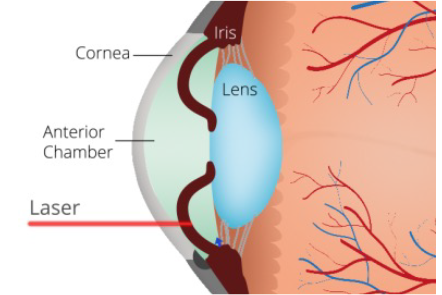 Iridocorneal angle closure is the fundamental problem in primary angle-closure glaucoma, while elevated intraocular pressure (IOP) is a consequence of angle closure.
Iridocorneal angle closure is the fundamental problem in primary angle-closure glaucoma, while elevated intraocular pressure (IOP) is a consequence of angle closure.
Managing the consequences of glaucoma and related vision loss
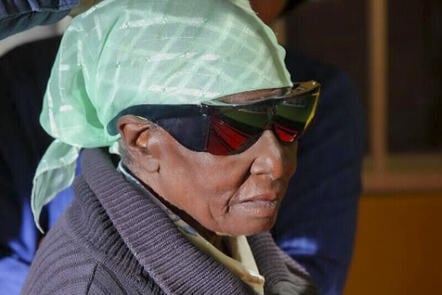
The negative impact of blind, painful eyes due to glaucoma on patients’ quality of life cannot be underestimate
Course summary
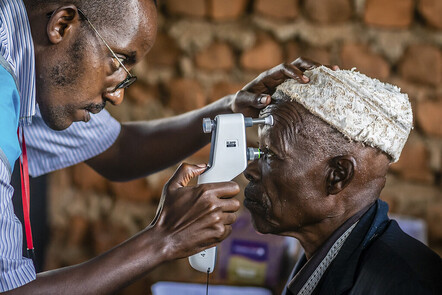
Glaucoma management is lifelong. The public health approach is to develop a close link between the patient and the health system to prevent blindness




